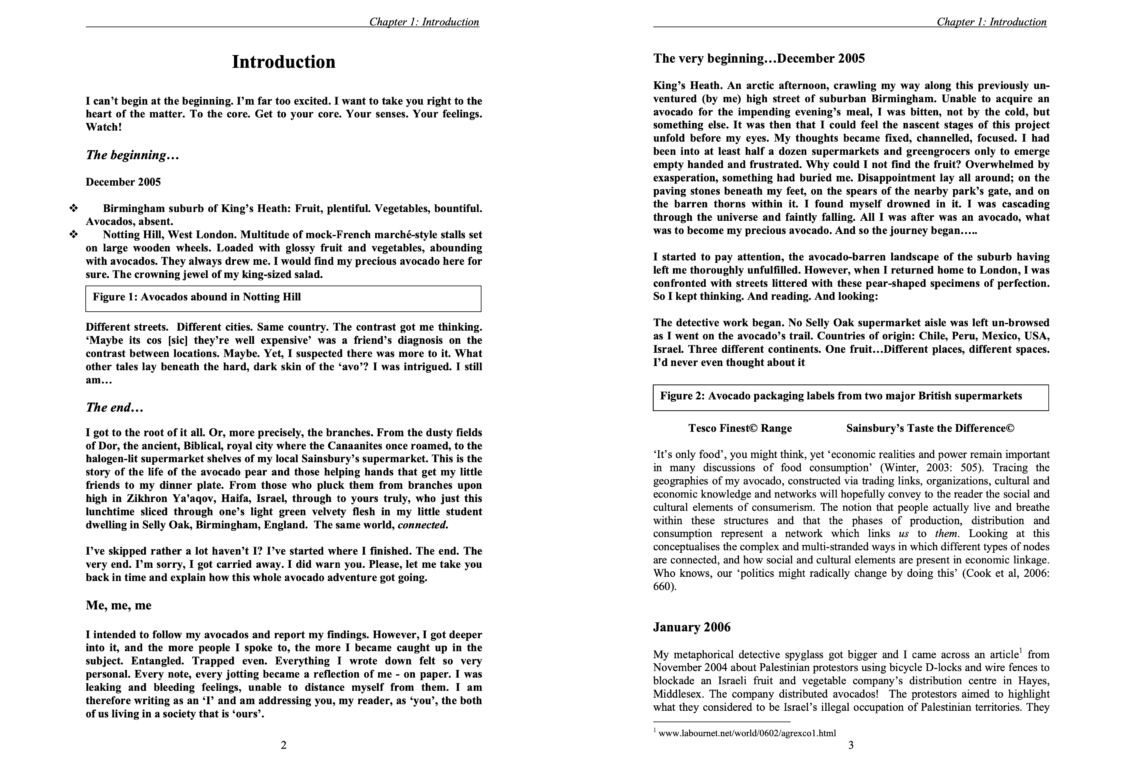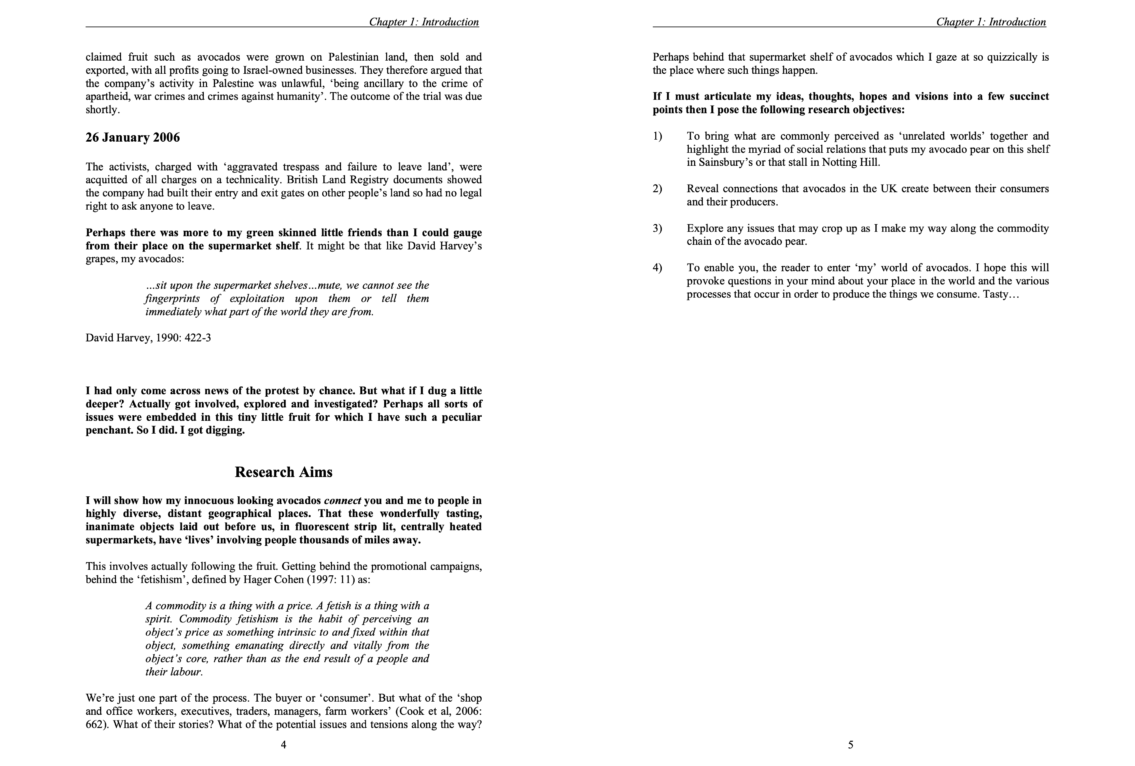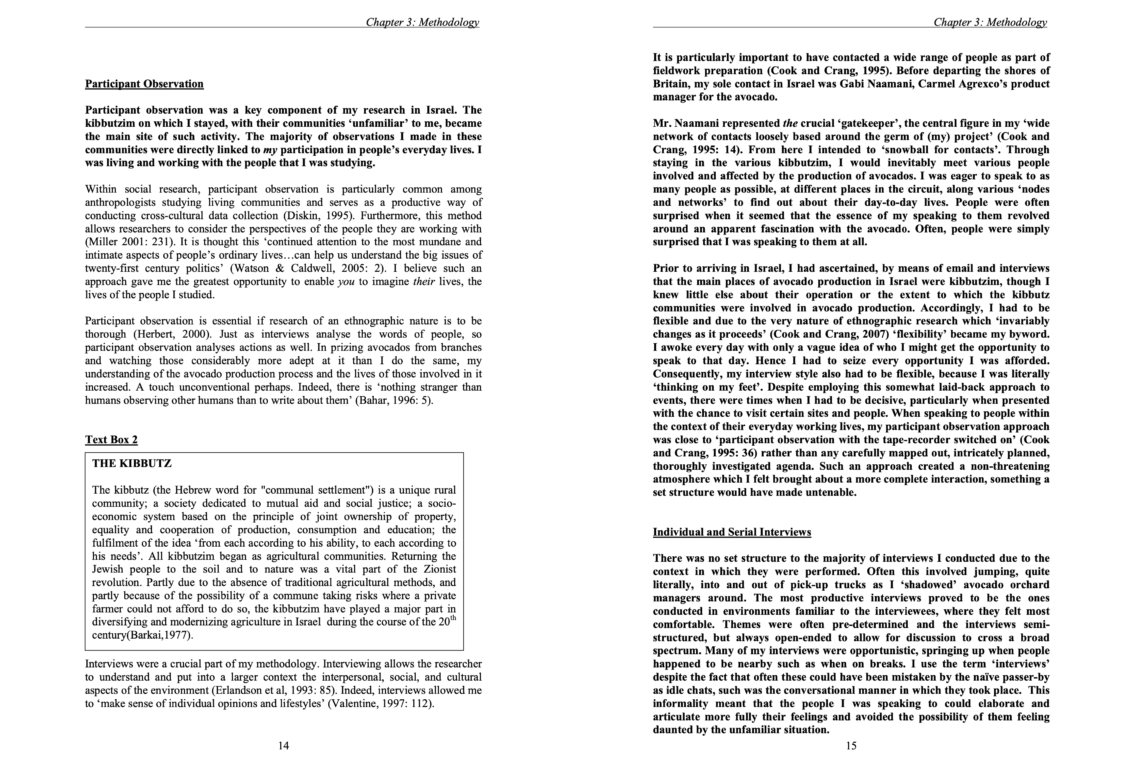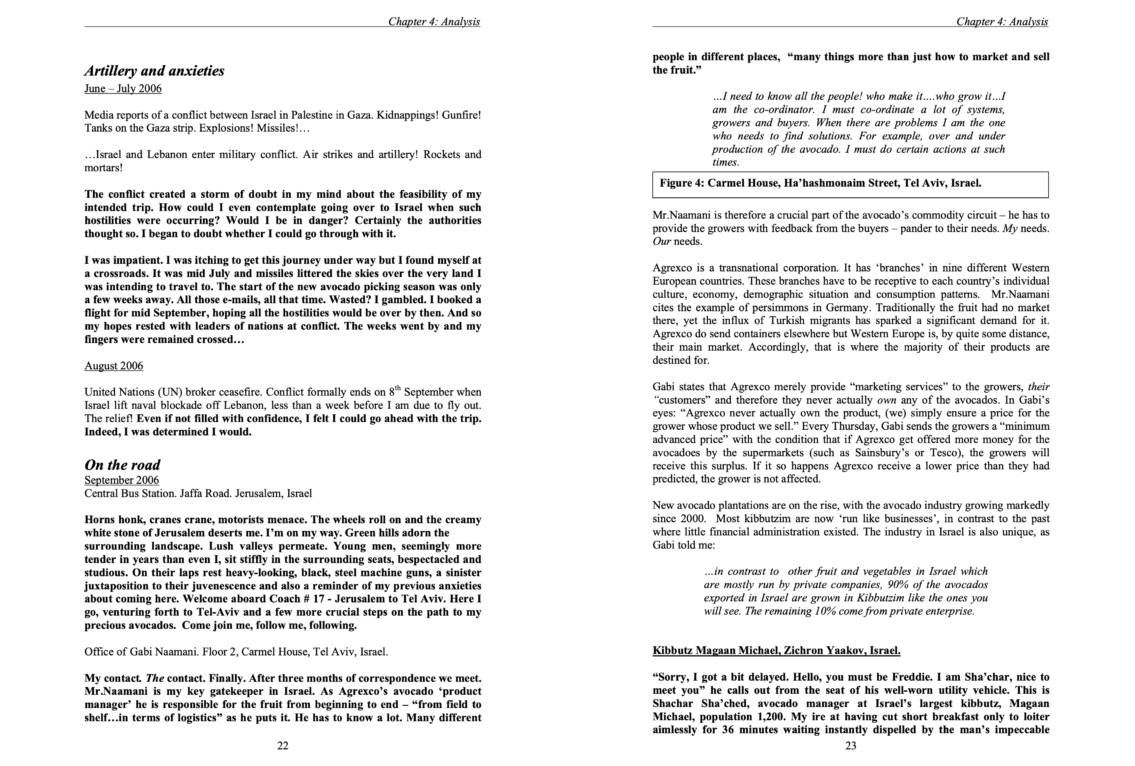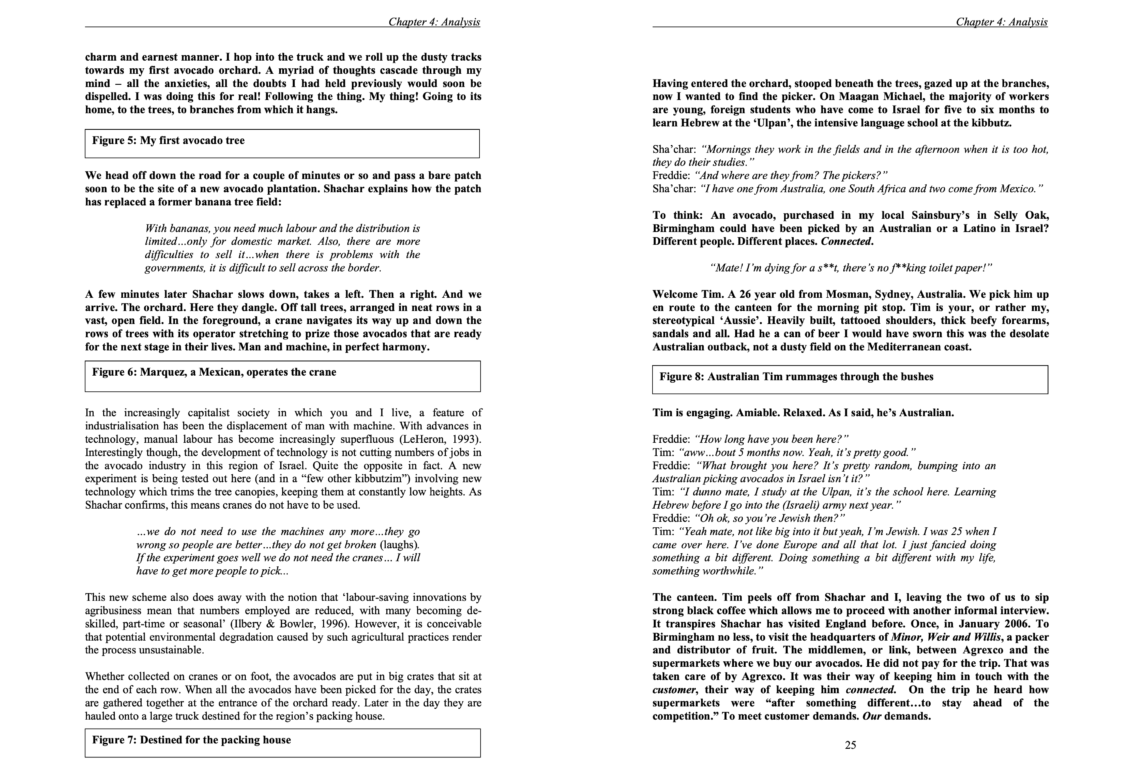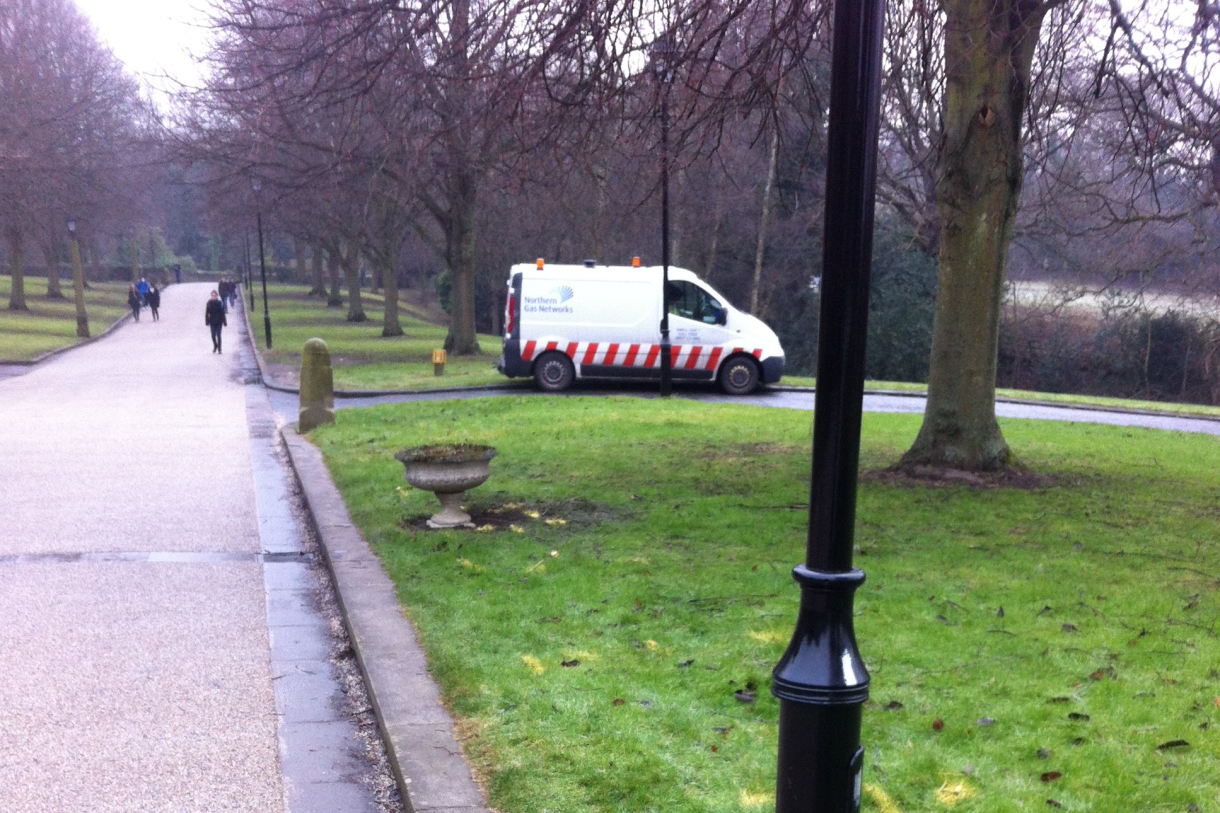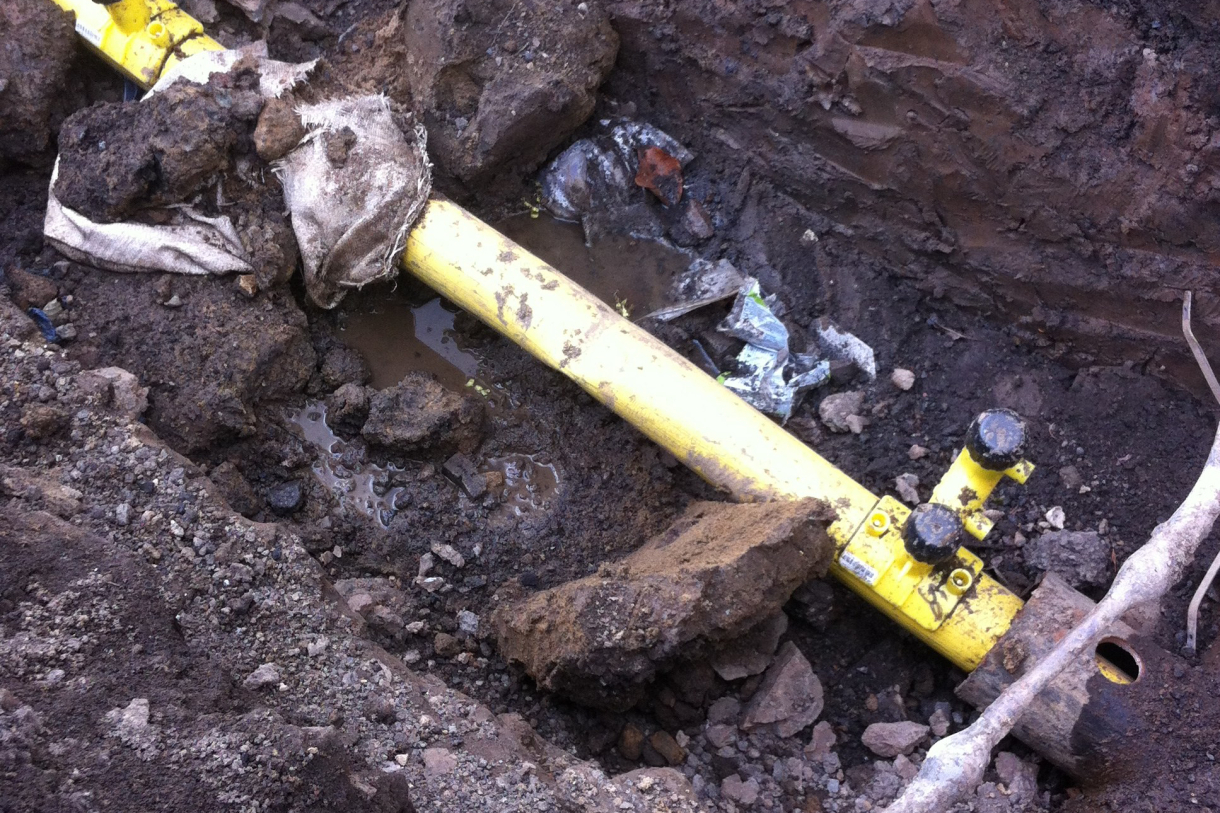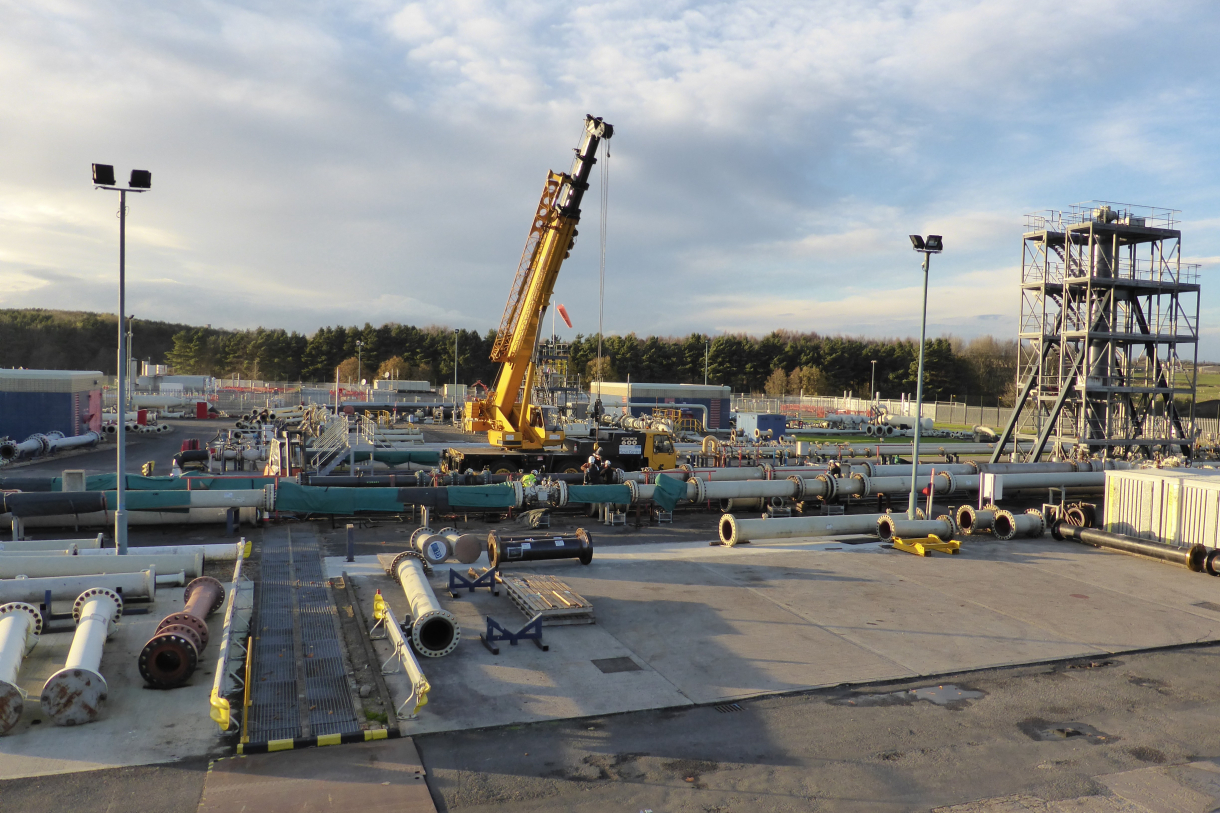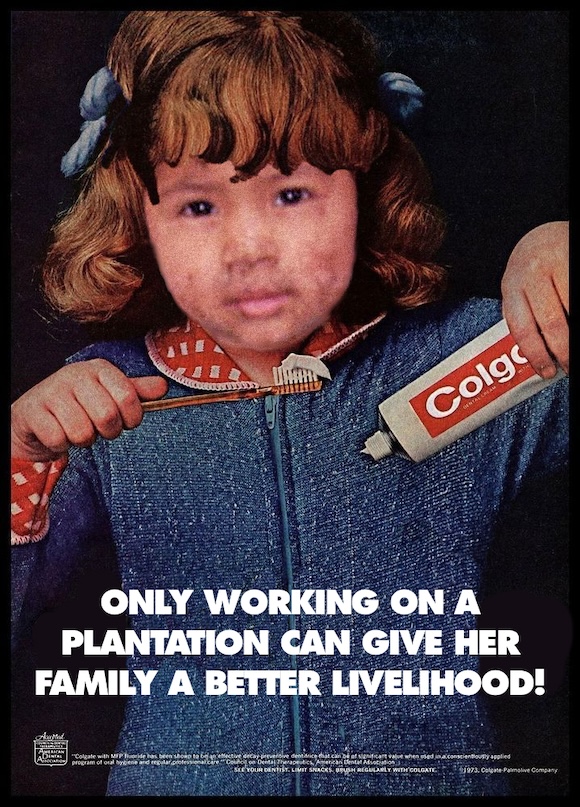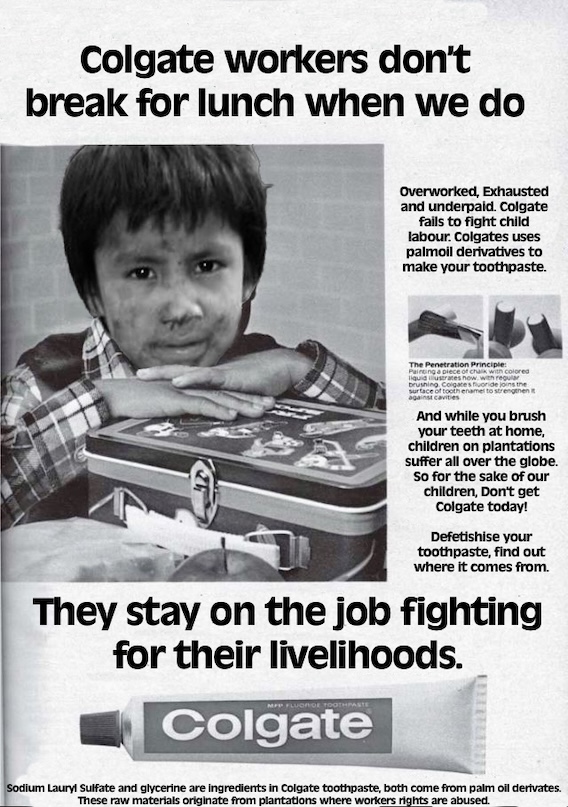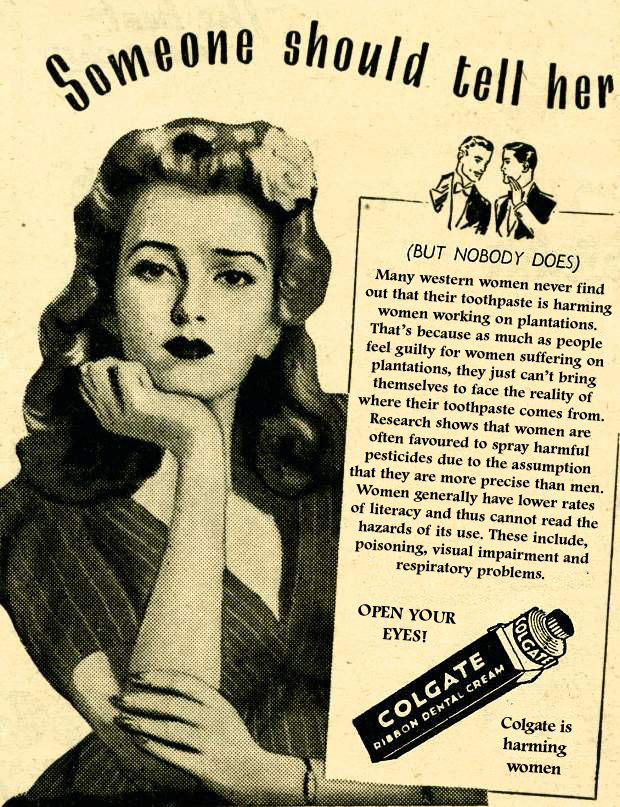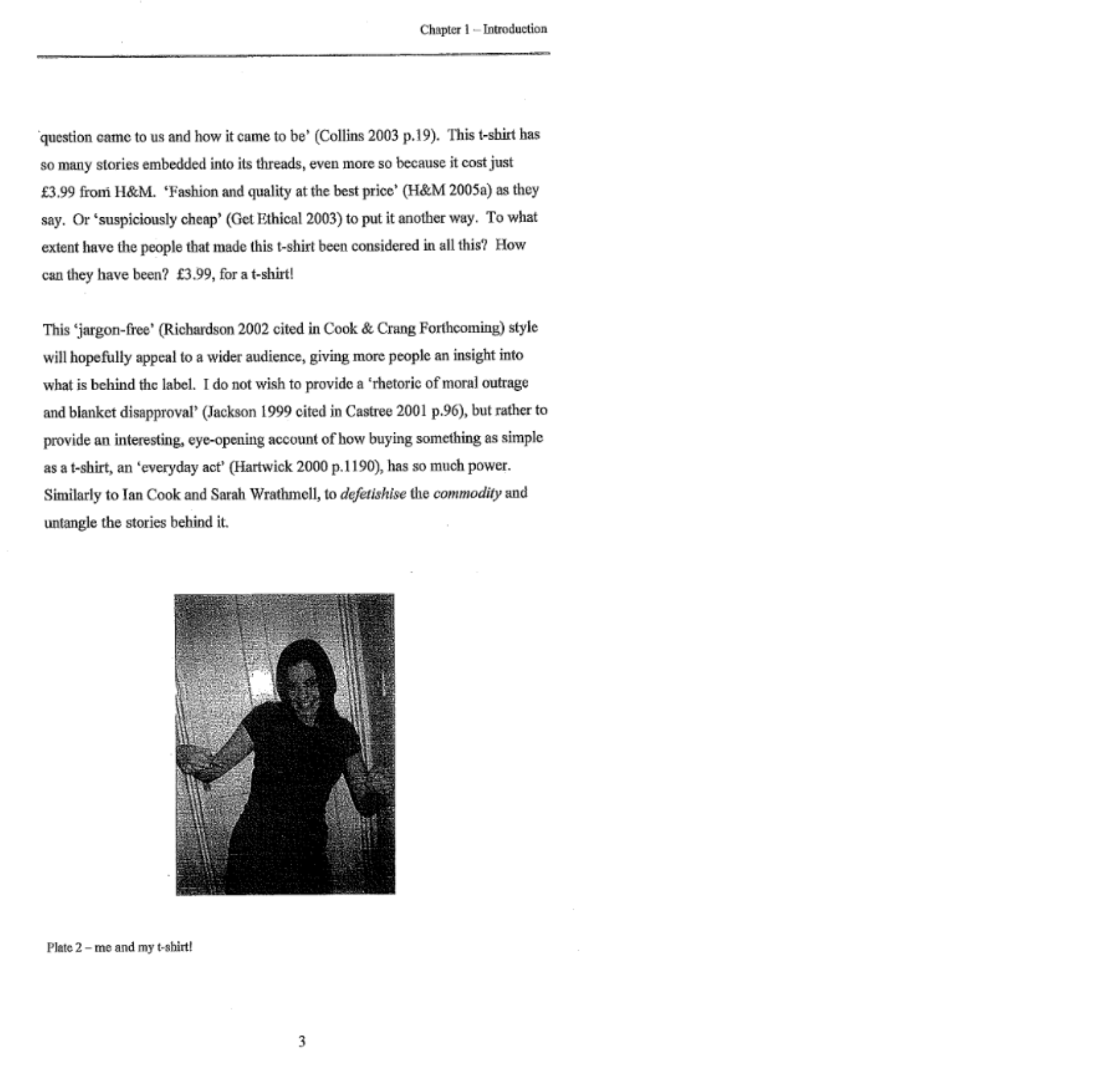

followthethings.com
Health & Beauty
“Cyborg Information Leaflet: Thyroxine 50 Microgram Tablets“
Undergraduate coursework created by Alison Buckler.
The students’ first task in the ‘Geographies of Material Culture’ module at the University of Birmingham is to make a personal connection between their lives and the lives of others elsewhere in the world who made the things they buy. These are the people who help you to be you, followthethings.com CEO Ian tells them. Because you’re a cyborg, your body cannot function without the people, animals, technologies, networks that makes its inputs like food and medicine. So choose a commodity that matters to you, that’s an important part of your identity, that you couldn’t do without. Think about its component parts, its materials, and the properties they give to that commodity and your experience of ‘consuming it’. See what you can find online and write a 500 word first person account that connects your lives. One student – Alison Buckler – chose the most personal example we ever saw, a medicine that’s keeping her alive. It’s not a discretionary commodity that she could do without. It’s not something where there’s an organic of fair trade alternative. So what can she find out about its origins, it’s life before it came into her life and made such a positive difference? And how can she convey what she has learned? In every box of pills, there’s a patient information leaflet. So Alison rewrites the one that comes with her Thyroxine tablets to provide a different kinds of information for a patient. A different understanding of their body and the way that it works, and what’s helping this medicine to help it work. This leaflet’s information is based on an extroverted sense of the body – a cyborg ontology – where the inside and the outside are intimately linked. What comes with this are senses of both astonishment and guilt. This was the first follow-the-meds example to appear on followthethings.com, and it inspired all the others…
Page reference: Alison Buckler (2004) Cyborg Information Leaflet: Thyroxine 50 Microgram Tablets. followthethings.com/cyborg-information-leaflet-thyroxine-50-microgram.shtml (last accessed <insert date here>)
Estimated reading time: 14 minutes.
Continue reading Cyborg Information Leaflet: Thyroxine 50 Microgram Tablets ![]()





